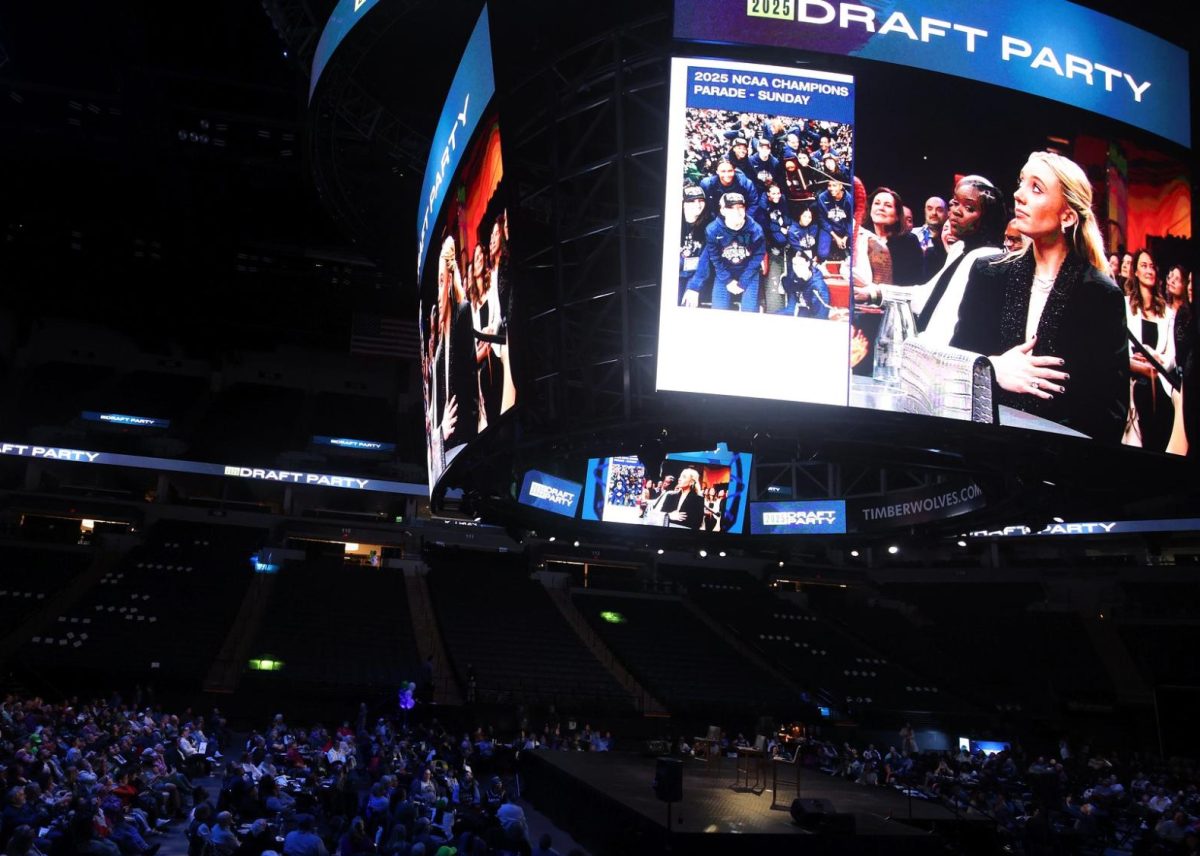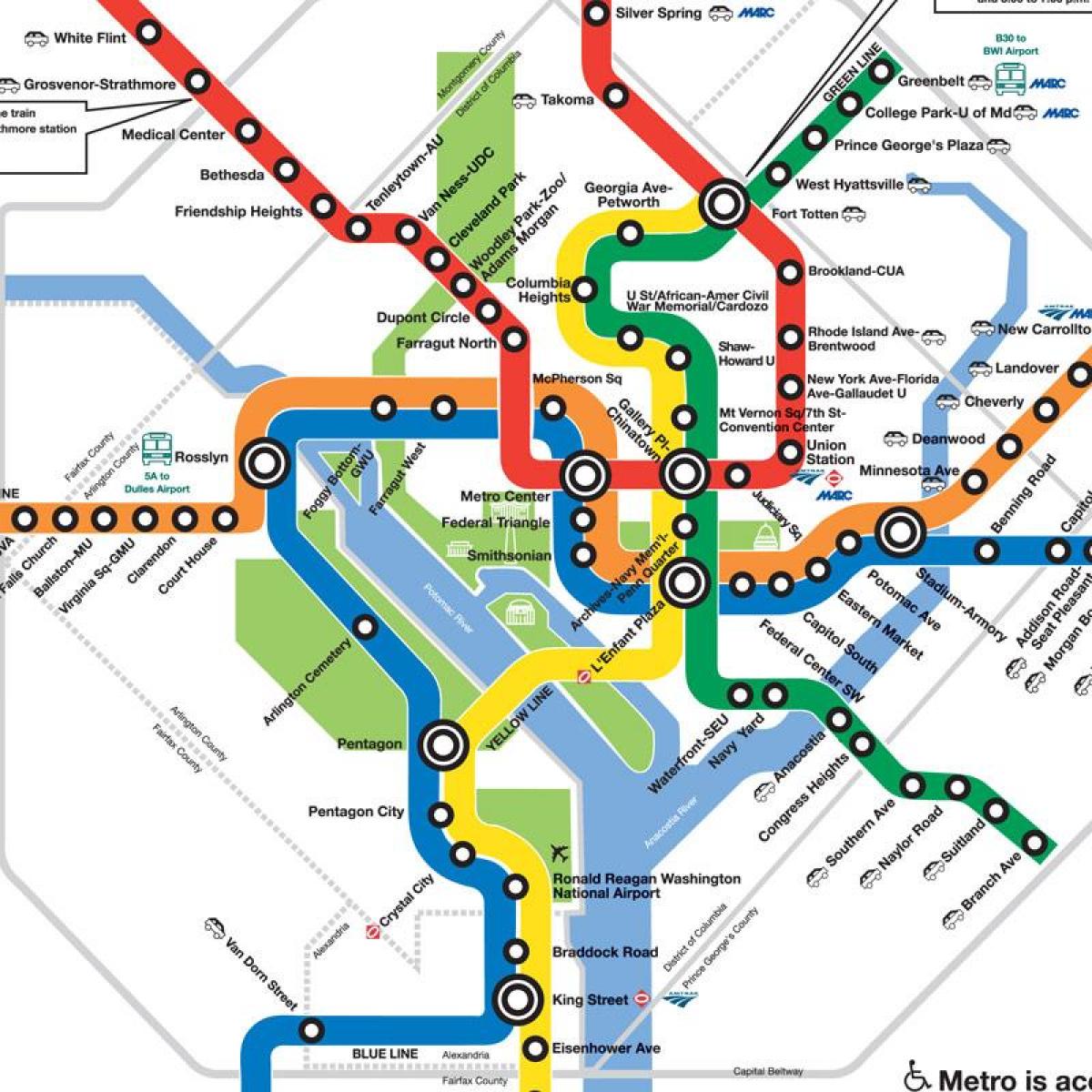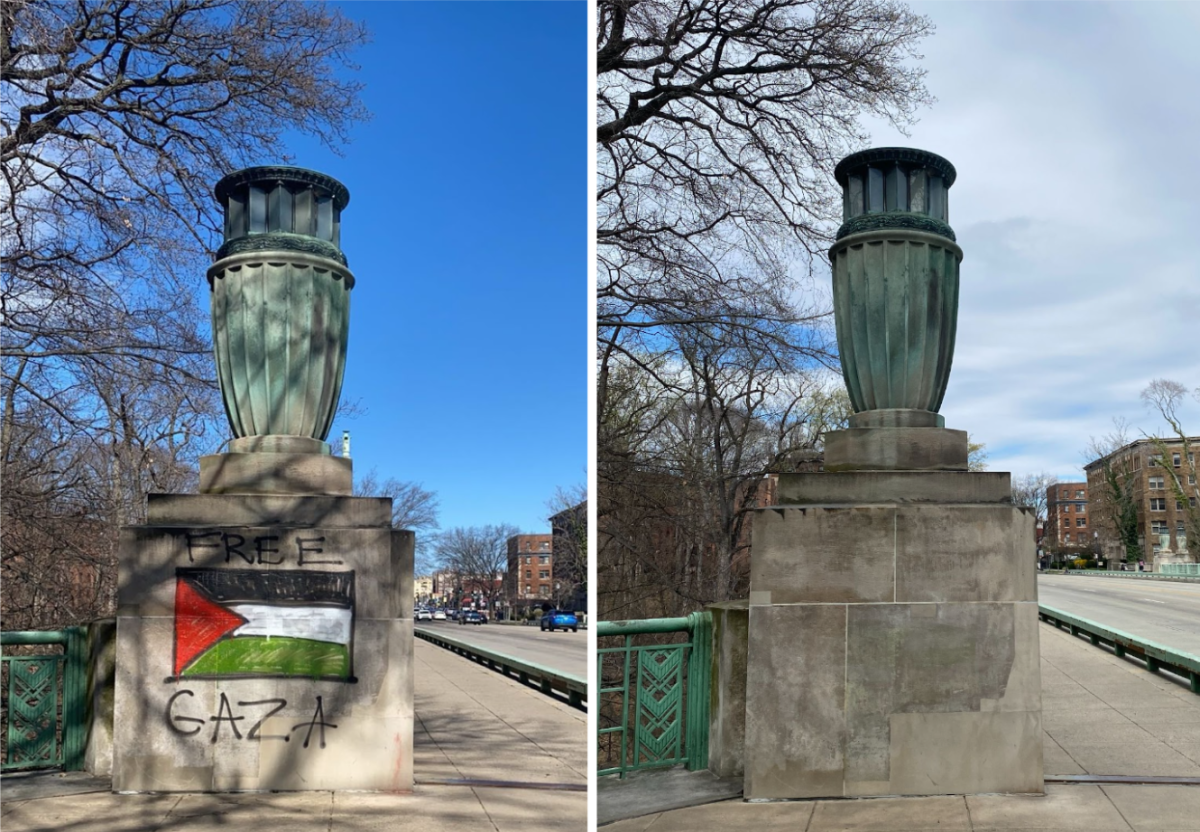It seems like every other day, there’s a new headline with the word “homicide” in the D.C. community’s daily media.
There’s been more than just the COVID-19 pandemic troubling D.C. this year, as the city has been plagued by violent crime in all of its wards. 150 murders took place, making this the most violent year since 2004, according to MPD statistics.
While violent crime is a daily occurence in some communities within the district, it has often remained unacknowledged. The emphasis on richer neighborhoods in select wards makes politicians turn a blind eye to the tragedies tearing apart lower-income communities.
A whopping 60% of homicides in the city occurred in the two poorest wards (the poorest quarter) of the city, according to the MPD crime map. Additionally, Ward 8, the poorest ward in the city, had over 26 times more homicides than Ward 3, the richest ward, in 2021.
This lack of city-wide acknowledgment was no different in 2021 until stories of violent crime started to spread throughout the entirety of the city.
One such story is that of Nyiah Courtney, a six year old girl who was killed in a drive-by shooting in Southeast D.C. while waiting at a bus stop on July 16. Her death shocked the local community and inspired a community peace walk that ended on the corner of Martin Luther King Jr. Avenue, where Courtney had been shot days earlier.
Despite this tragedy, the majority of the city remained ignorant of the level of violent crime that was slowly seeping into other D.C. communities – that is, until July 22.
Just days after Nyiah Courtney’s death, there was a shooting outside of Le Diplomate, an iconic French restaurant in Ward 2, the ward with the fewest annual murders. Two people were shot as people flooded into the restaurant for cover, terrified by the unfamiliar occurrence.
With a murder having occured this year in Cleveland Park, safety is as important as ever. Early in 2021, 54-year-old Donald Arndt was beaten to death by his son Christian Andt using a metal baseball bat during a psychotic episode.
WIS Senior Maya Lopez considers the WIS campus safe and secure, which is reflected by the low crime statistics of the neighborhood.
“If someone wanted to hurt WIS, it would be pretty easy,” Lopez said. “I don’t think WIS would be prepared in the case of a violent crime occurring on campus.”
Nonetheless, WIS safety and security can improve in a number of ways.
Lopez highlights WIS’ location on the Tregaron Conservancy and its connection to Rock Creek Park, both of which are publicly accessible. “WIS could do more at its entrances to make it more secure,” she said.
WIS security has a number of protocols and routines to ensure the safety of all students and faculty. Eric Monday is a security staff member who works to protect the community.
“On a normal day, I come in at an early hour, like 5:50,” Monday said. “I open up the gates, turn on the alarms, unlock the guns and the doors, then start [directing] the traffic in the morning.”
During the rest of the day, he monitors both the inside and outside of the building to ensure security.
Monday also described the protocol in the event that there is an active shooter at WIS. “We make a P.A. announcement and communicate so that everyone knows where the gun is, we announce to emergency response team members that there’s an alert, then we call the police,” he said.
Violent crime in D.C. is on the rise and safety is always a top priority for the WIS community. There are a number of measures taken so that those on campus remain safe and secure throughout the year and beyond.
By Alexander Danielyan

































































